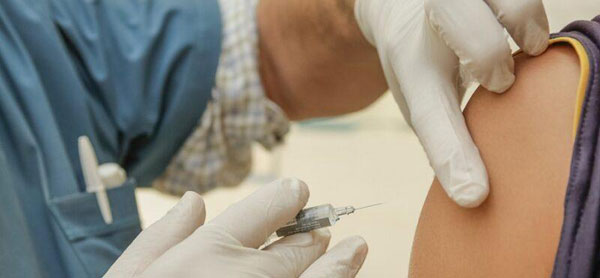A variant of COVID-19 that recently sprang up and made news headlines was found to not be as serious as the initial claims made it out to be.
About a month ago, the Center for Disease Control and Prevention reported that the BA.2.86 lineage of the COVID-19 “may be more capable than older variants in causing infection in people who have previously had COVID-19 or who have received vaccines.”
There was major concern on the CDC’s part, specifically about the sheer number of mutations that were found on this strain.
The CDC’s initial report was released on Aug. 23, in which its detection was noted in Denmark and Israel. On Aug. 30, this was updated to note that they had discovered the variant traveled mostly the same way as other strains of the virus. On Sept. 8, the CDC revealed that research data from multiple labs confirmed that existing antibodies were effective at protecting people against the BA.2.86 variant.
Within the United States, as of the CDC’s Sept. 8 update, seven states — Colorado, Delaware, Michigan, Ohio, Pennsylvania, Virginia and Washington — have confirmed cases of the BA.2.86 variant in people and two states — Ohio and New York — have confirmed it in wastewater.
Nevertheless, the concern for this variant came off the back of tangible data regarding the general rise of COVID-19 hospital admissions.
The weekly admission rate for COVID-19 cases rose steadily throughout August, with weekly COVID-19 hospitalization admissions numbering 10,457 for the first week, 12,687 for the second week, 15,050 for the third week and 17,418 for the last week.
The CDC has yet to release information about the first week of September’s rates. Analyzing the August data by itself, hospitalizations due to COVID-19 have increased by almost 70% over the course of the month.
The CDC recommends universal masking for counties with 20 or more cases of COVID-19 per 100,000 people and masking for high-risk individuals in countries with 10-19.99 cases of COVID-19 per 100,000 people.
As of Sept. 2, 22 counties nationwide were at the >20 cases per 100,000 threshold and 230 counties were at the 10-19.99 per 100,000 classification, the CDC reported.
“Hospitalizations have not yet doubled, but I think they probably will, as the numbers lag a couple of weeks behind,” Doctor Robert Wachter, chair of the University of California, San Francisco’s department of medicine, told CNN. “It’s riskier that you will get infected now than it was a month or two ago, without question, probably twice as risky. If you’re trying to be careful, it’s time to whip out the mask again.”
Due to the uptick in COVID-19 cases, Upstate Medical’s two hospitals, University and Community General, have resumed mandatory masking procedures. It remains to be seen whether other New York hospitals will do the same moving forward.
The CDC anticipates that the COVID-19 2023-2024 vaccine will be available mid-September and encourages the public to get vaccinated.









